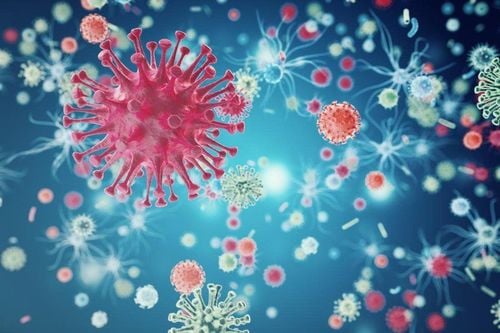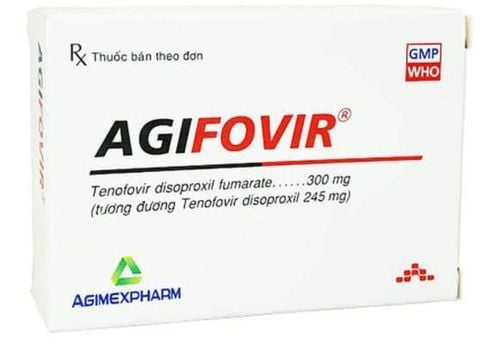This is an automatically translated article.
The article was professionally consulted by Specialist Doctor I Huynh Kim Long - Emergency Resuscitation Doctor - Emergency Resuscitation Department - Vinmec Danang International HospitalHIV virus is the name for a virus that causes acquired immunodeficiency syndrome in humans. Patients infected with HIV are susceptible to opportunistic infections and eventually death.
1. What does HIV stand for?
HIV (Human Immunodeficiency Virus) is the name for a virus that weakens the immune system. HIV makes the human body gradually lose resistance to pathogenic microorganisms, creating opportunistic infections and conditions for the development of cancer as well as many other dangerous diseases.
2. Where does HIV come from?
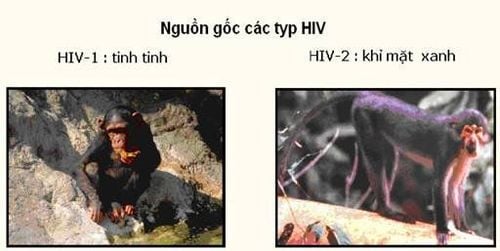
3. How the HIV virus enters and causes disease in the body
When the HIV virus enters the body, it enters a type of white blood cell called CD4. In addition, HIV can also invade other cells such as B lymphocytes, macrophages, astrocytes, source cells, fibroblasts, etc. Then, the virus takes over the cells. use cells to make hundreds of thousands of copies and destroy CD4 cells. These copies of HIV then enter the circulation, attach to other CD4 cells, and continue to multiply.Because CD4 cells play a role in fighting pathogens for the body, when the amount of CD4 cells is deficient, it will reduce the resistance, making them more susceptible to disease. In addition, as the amount of HIV virus in the blood increases, the risk of transmitting the virus from an infected person to a healthy person also increases.
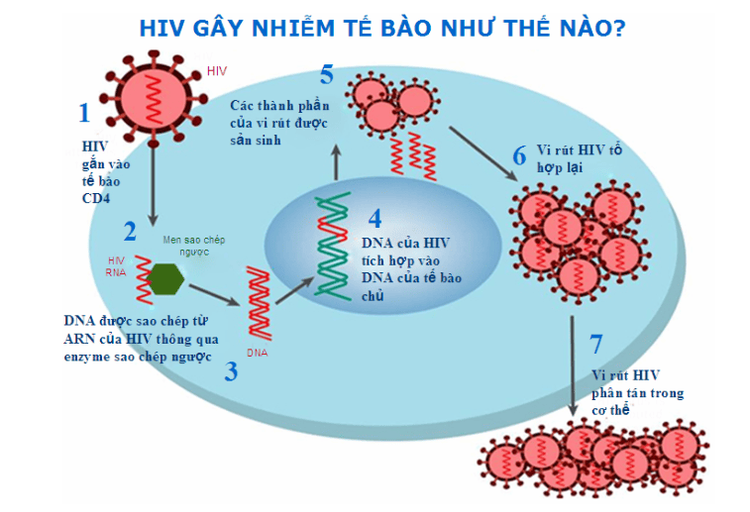
In healthy adults, the CD4 count ranges from 500 to 1500 cells/mm3 of blood. In people with HIV, if the CD4 level is between 350-500 cells/mm3 of blood, the immune system is slightly weakened. If CD4 ≤ 200 cells/mm3 blood, it means that the immune system is severely weakened, the risk of opportunistic infections is high.
The main disorders in the immune response in HIV/AIDS patients include:
Decrease in total T lymphocyte count, especially in severely reduced CD4 count, and CD4/CD8 ratio. Decreased function of immune cells: decreased cell proliferation to mitotic agents and antigens, decreased cytotoxic response because of decreased CD8 and Natural Killer cell function. Increased immune complexes, increased autoantibodies and some other proteins in the serum. Increased gamma-globulin. Decreased primary antibody response to first-time antigens. Decreased gamma-interferon. The average time from infection with HIV to progression to AIDS is about 10 years. Some patients can progress rapidly to AIDS in just a few months. The disease progresses through several stages, each of which is closely related to CD4 cell count and function.
4. Stages of HIV/AIDS disease
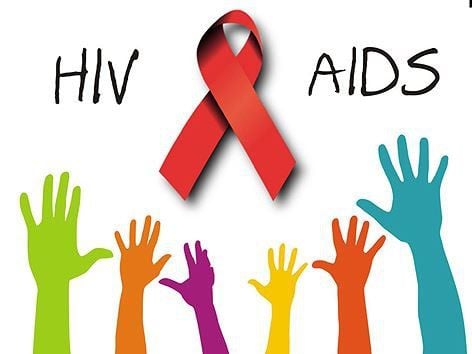
The stages of HIV infection include:
Acute infection
Occurs 2 – 4 weeks after infection. Most infected people have flu-like symptoms: fever, rash, muscle aches, joint pain, headache, weakness, swollen glands in the neck and groin,... Pay attention, viruses are multiplying and spreading throughout the body during this time. This is the time when the ability to transmit HIV virus to others is highest because the amount of virus in the patient's blood is very high. Hidden disease (inactive or dormant)
Usually lasts for many years. There are very few symptoms of HIV in this stage. Many people may have no symptoms for many years. The virus is present in the body but does not attack the immune system. However, detecting and treating the disease in this stage is very important. AIDS (acquired immunodeficiency syndrome)
Usually occurs many years after being infected with the HIV virus. The number of viruses increases rapidly, attacking and destroying the body's immune cells. Therefore, the patient has a very weak immune response, losing the ability to resist infection. There are many different symptoms: weight loss, oral thrush, prolonged fever, prolonged diarrhea, pneumonia, tuberculosis, dermatitis, rhinitis, meningitis, severe mouth ulcers, anemia,... In the final stage of AIDS, patients have symptoms such as exhaustion, esophageal fungus, severe opportunistic infections, memory loss, cancer,... There are many drugs that can be used to treat patients. AIDS but cannot be cured completely. Note: A sick person can transmit the HIV virus to a healthy person during any of the above stages. Therefore, people living with HIV patients should regularly go for health check-ups to be guided on how to prevent the disease effectively.
Please dial HOTLINE for more information or register for an appointment HERE. Download MyVinmec app to make appointments faster and to manage your bookings easily.





